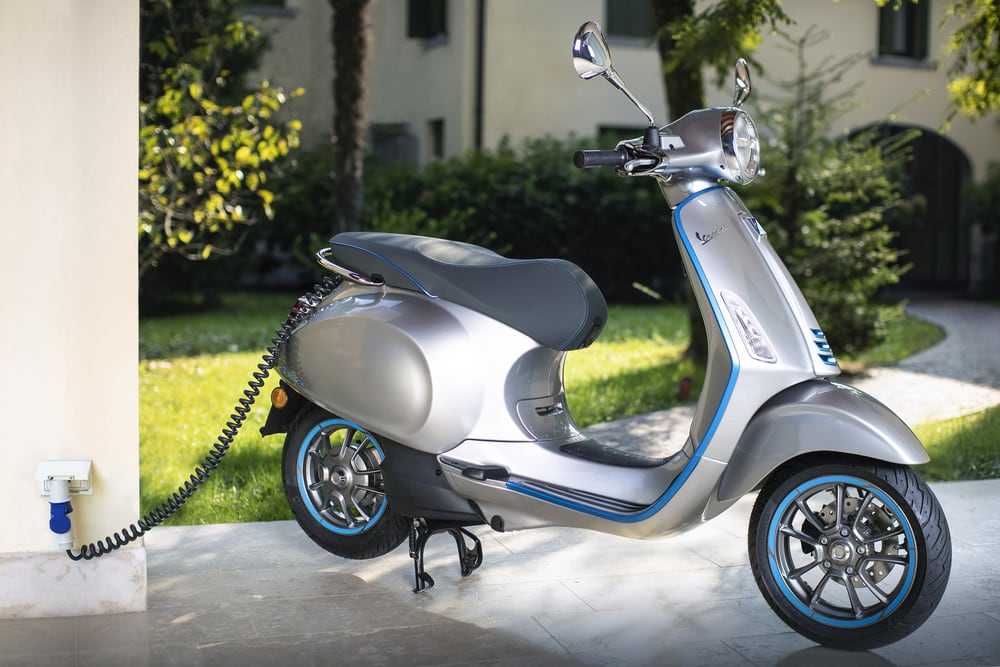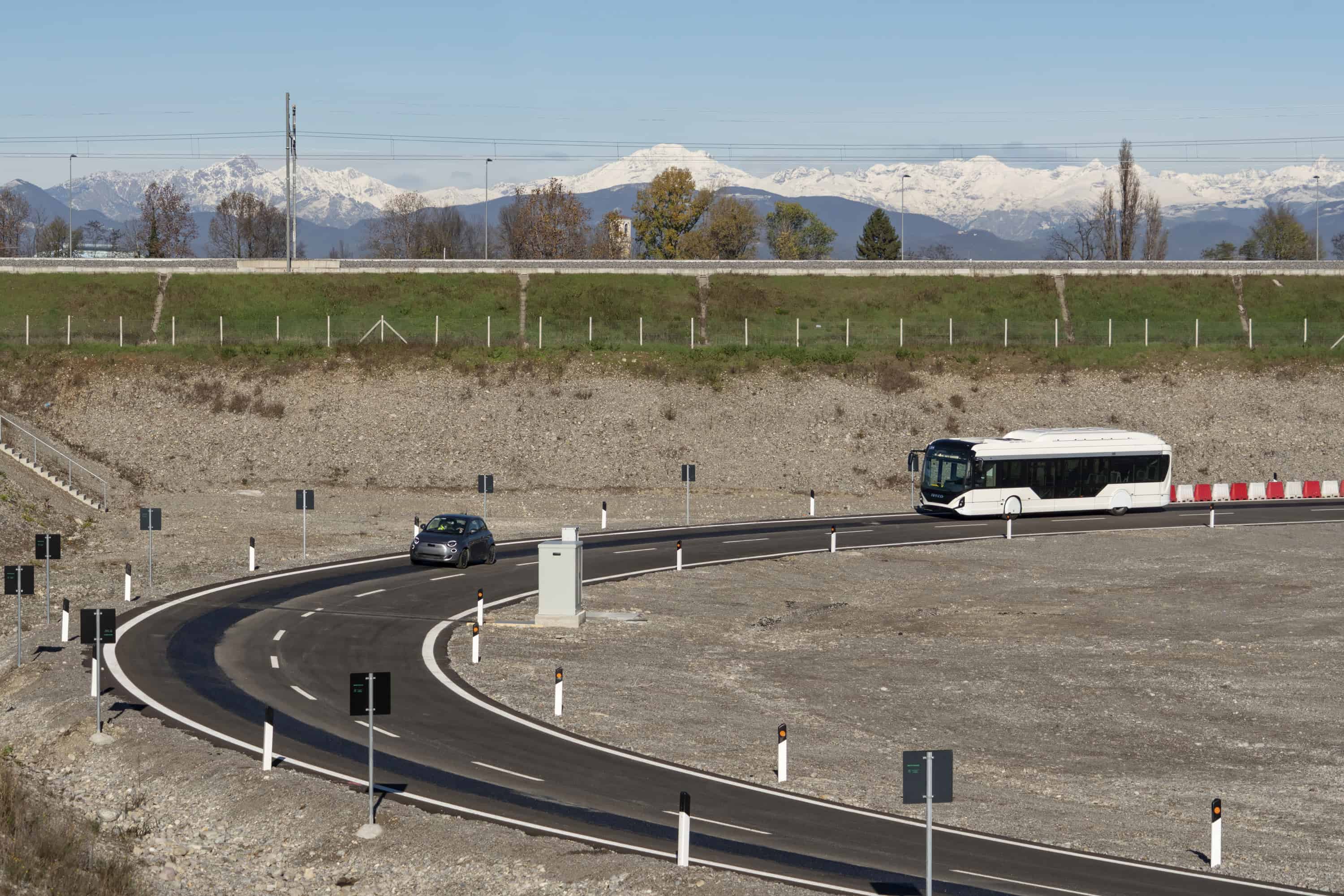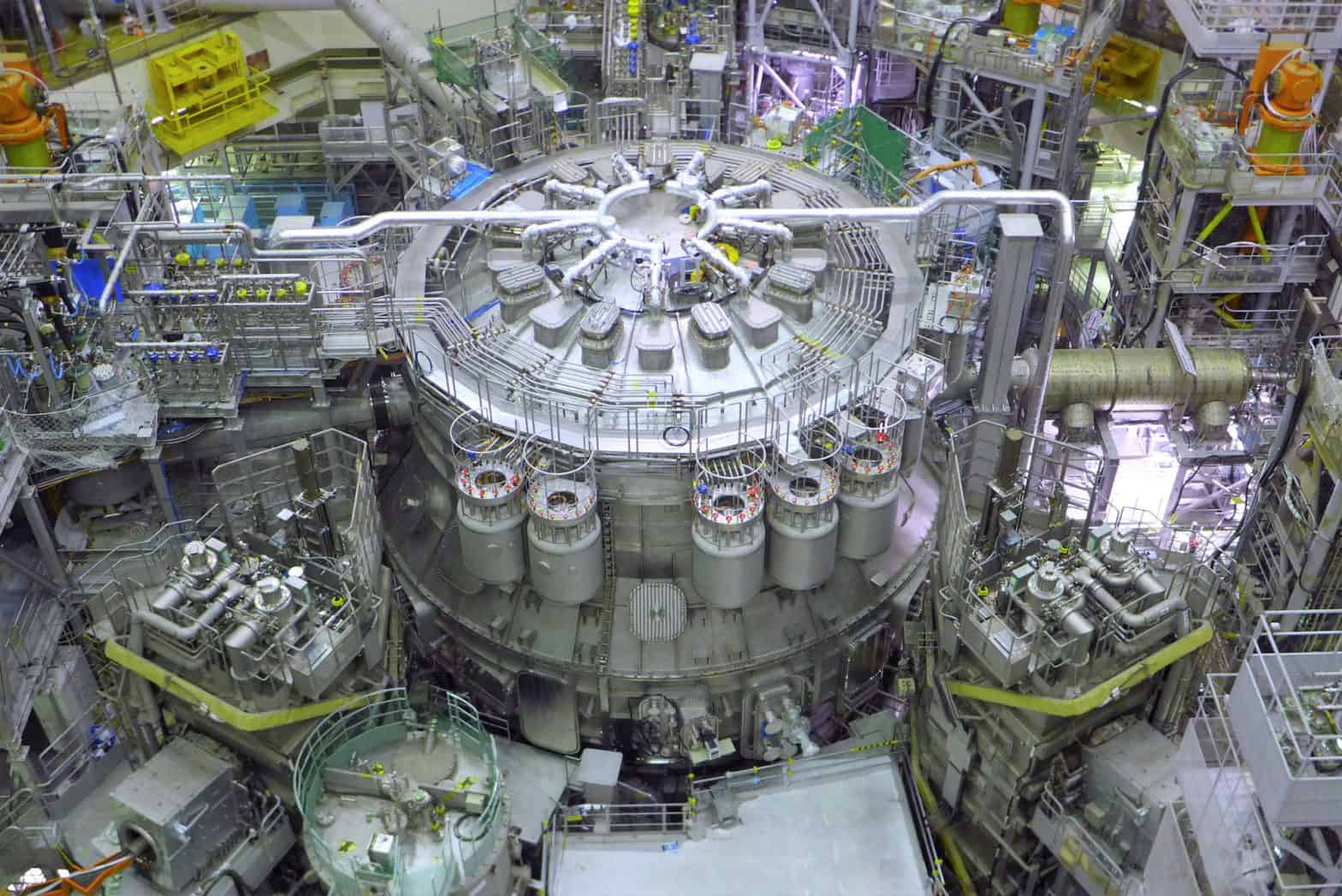
The Italian Piaggio, the Austrian KTM and Honda and Yamaha from Japan have joined forces. In a letter of intent this week, they wrote that they plan to “form a consortium for the development of exchangeable batteries (so-called ‘Swappable Batteries’)” for motorcycles and scooters.
An electric motorbike rider drops off the battery at a charging point and picks up a fully-charged battery.
The term “swappable battery” refers to the method by which an electric motorbike rider drops off an (almost) empty battery at a charging station and picks up a fully-charged battery. This can be an effective method to solve the autonomy problem.
The large-scale introduction of battery exchange stations in Europe and Japan will edge closer if these four major manufacturers from two continents succeed in jointly developing an exchangeable battery. This could accelerate the proliferation of electric motorcycles and scooters.
International standard
The agreement – if translated into concrete action – could also be important because it would bring down the cost of scooters and infrastructure. “The introduction of an international standard for an interchangeable battery system will ensure the efficiency of this technology and make it available to consumers,” says Michele Colaninno, director of strategy and products at the Piaggio Group.

He says he is striving for “a strengthened cooperation among manufacturers and institutions” so as to serve future mobility in the best possible way. In fact, the consortium wants to work closely with (government) institutions that set technical rules at the European and international level, according to the press release.
The consortium aims to set the standard technical specifications of the interchangeable battery system for L-category vehicles. This concerns the category of mopeds, motorcycles and other small motor vehicles with three or four wheels. The consortium is scheduled to start work in May 2021.
Chinese and Taiwanese competitors
The European-Japanese cooperation can also be seen in particular as a response to Chinese and Taiwanese competitors, such as Kymco. A large network of battery exchange stations is already in place in Taiwan.
Piaggio, best known for Vespa, is nevertheless doing well. In 2020, the Tuscan company sold six percent more scooters and motorcycles than the previous year. KMT is the leader within its segment in Europe. In addition to France, Germany, Spain and Italy, the largest European moped markets include, surprisingly, the Netherlands.
You can also read about Moto E, the world’s first electric motorcycle race, and about recycling batteries for new charging stations.







